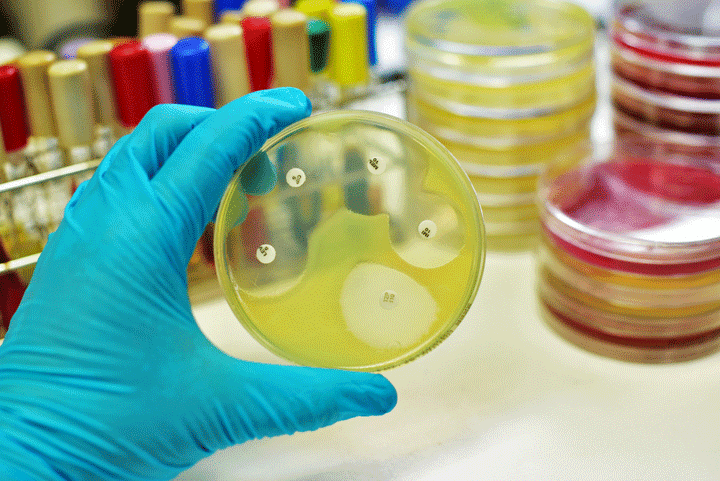
Hundreds of rivers worldwide contain worrying concentrations antibiotics, according to research from the University of the English city of York. River water samples were taken at 711 locations in 72 countries. Antibiotics have been found in most of them. The permitted level was exceeded at 111 locations, in some cases by as much as 300 percent.
The antibiotics end up in the water through human and animal faeces, through leaks at water treatment plants and through manufacturers of medicines that discharge waste. This creates the risk that bacteria will become resistant to the antibiotics. Serious diseases can then no longer be effectively combated.
The most commonly found antibiotic is trimethoprim, which is mainly used to treat cystitis. It was found in 307 of 711 samples.
The rivers most polluted with antibiotics are in Africa and Asia. The researchers found the largest amount in Bangladesh, where the safe level of the drug metronidazole, used to treat infections of the skin, was exceeded by more than 300 times. Rivers in Kenya, Ghana and Pakistan also turned out to be heavily polluted.
Of the rivers tested in Europe, 8 percent were found to exceed safe levels of antibiotics. The sample taken from the Danube in Austria was the most heavily contaminated with seven different types of antibiotics. A mix of five antibiotics was also found in the British River Thames, which is often seen as a clean river.
The researchers emphasize that not only high values are dangerous. Even at lower values with antibiotics, there is a risk that bacteria will become resistant. Last month, the United Nations warned that ten million people could die from antibiotic resistance by 2050.
Source: NOS.nl

